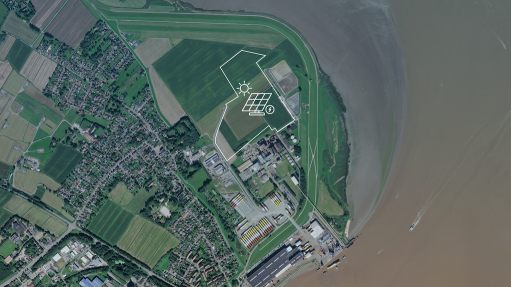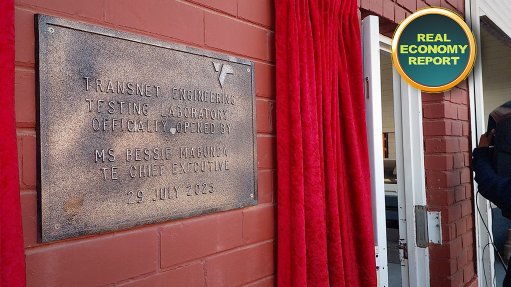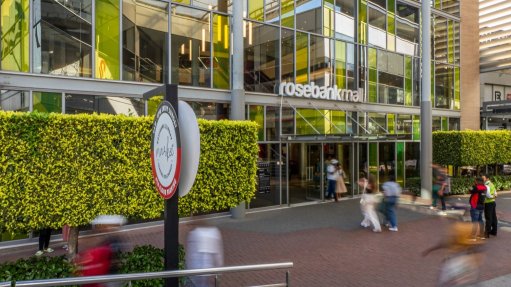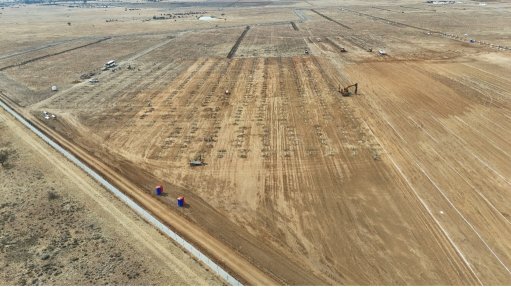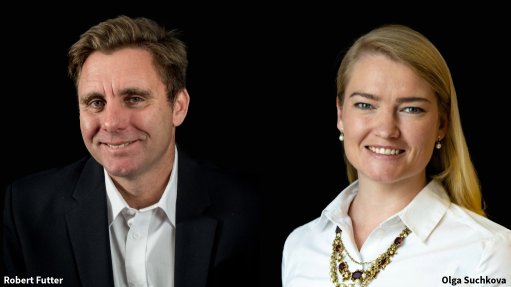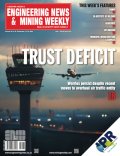A changing grid requires flexibility
This article has been supplied.
By Dwibin Thomas, Cluster Automation Leader at Schneider Electric
Winston Churchill said, "To improve is to change; to be perfect is to change often." It is a wonderful sentiment that can be applied in almost all industries including power generation. As the landscape changes so should energy production and distribution (readily) adapt, ensuring that we establish a flexible, optimised grid of the future.
Traditionally, grid flexibility involved utilities enrolling large industrial energy consumers in load curtailment and demand response (DR) programmes to help adjust the balance between supply and demand. These electro-intensive users would reduce or shift their energy use during peak periods.
However, today grid flexibility has become far more complex. For one, an increasing investment in renewables means that energy flow is bi-directional, with decentralised energy coming from multiple DERs (distributed energy resources).
Furthermore, as organisations and even individual households start moving over to generating their own electricity, we now have growing landscape of prosumers that both produce and consume energy, further amplifying the need for grid flexibility.
Traditional demand response shows its limitations in balancing an evolving grid. It represents a critical paradigm shift for utilities, and given the pace of innovation, it is challenging to plan for a future that includes rapidly growing DERs.
Plus, and this is a fundamental challenge, upgrading a decades-old grid takes time and represents large capital expenditures. Grid-connected prosumers, an increase in electrification, and climate uncertainty also mean energy demand will continue to be variable and uncertain.
Digitisation leads to flexibility
A digitised grid – one that adapts to these variable energy sources and responds to dynamic challenges – is needed to identify, enrol, and aggregate distributed energy resources. These grids of the future realise sustainability as it can incorporate DERs in a more flexible and optimised manner to grid resilience. It adapts faster and is more responsive to weather crises, are more sustainable, more reliable, and can reduce operational costs with predictive maintenance strategies.
Through digitisation, operators benefit from a consolidated view of the various energy resources that are feeding into the grid, ensuring that it is managed and distributed methodically, based on real-world demand and supply.
Receiving energy from various DERs without proper management is pointless. This lack of management could potentially lead to an overloaded infrastructure and compromised power quality.
Change requires flexibility
As mentioned, to establish a more flexible grid we’ll have to keep pace with an evolving landscape. For one, at the prosumer level we’re see a hybrid future taking shape. On one side, more IoT-connected assets (buildings, houses, EVs, and so on) are online, ready to be dispatched and aggregated.
These assets are looking for the right “flex” compromise between efficiency through more automation, and freedom of choice enabled by customer engagement platforms.
Second is the grid management, here utilities must optimise each hybrid prosumer and other suppliers of DERs by incorporating the necessary technology (directly or via services vendors) that will enable it to become more agile and flexible.
At the distribution system operator level, there are DER management software solutions available that are tailored to enable the efficient planning, design, and operation of today’s flexible, dynamic grid.
These solutions maximise the connection of renewables by leveraging DER flexibility at every level. This approach supports small proof-of-concept projects to full-scale deployment rollouts that require direct device monitoring, control, and integration with third-party aggregators.
DERs management solutions provide energy suppliers and distributors with smarter, more efficient ways to manage the integration of various energy sources into their grid.
At Schneider Electric, for example, our DERs management software options incorporate AI and machine learning (ML) algorithms, not only analysing historical data but also considering weather patterns and forecasts that will give utilities additional insight into the renewable energy supply.
Comments
Press Office
Announcements
What's On
Subscribe to improve your user experience...
Option 1 (equivalent of R125 a month):
Receive a weekly copy of Creamer Media's Engineering News & Mining Weekly magazine
(print copy for those in South Africa and e-magazine for those outside of South Africa)
Receive daily email newsletters
Access to full search results
Access archive of magazine back copies
Access to Projects in Progress
Access to ONE Research Report of your choice in PDF format
Option 2 (equivalent of R375 a month):
All benefits from Option 1
PLUS
Access to Creamer Media's Research Channel Africa for ALL Research Reports, in PDF format, on various industrial and mining sectors
including Electricity; Water; Energy Transition; Hydrogen; Roads, Rail and Ports; Coal; Gold; Platinum; Battery Metals; etc.
Already a subscriber?
Forgotten your password?
Receive weekly copy of Creamer Media's Engineering News & Mining Weekly magazine (print copy for those in South Africa and e-magazine for those outside of South Africa)
➕
Recieve daily email newsletters
➕
Access to full search results
➕
Access archive of magazine back copies
➕
Access to Projects in Progress
➕
Access to ONE Research Report of your choice in PDF format
RESEARCH CHANNEL AFRICA
R4500 (equivalent of R375 a month)
SUBSCRIBEAll benefits from Option 1
➕
Access to Creamer Media's Research Channel Africa for ALL Research Reports on various industrial and mining sectors, in PDF format, including on:
Electricity
➕
Water
➕
Energy Transition
➕
Hydrogen
➕
Roads, Rail and Ports
➕
Coal
➕
Gold
➕
Platinum
➕
Battery Metals
➕
etc.
Receive all benefits from Option 1 or Option 2 delivered to numerous people at your company
➕
Multiple User names and Passwords for simultaneous log-ins
➕
Intranet integration access to all in your organisation









